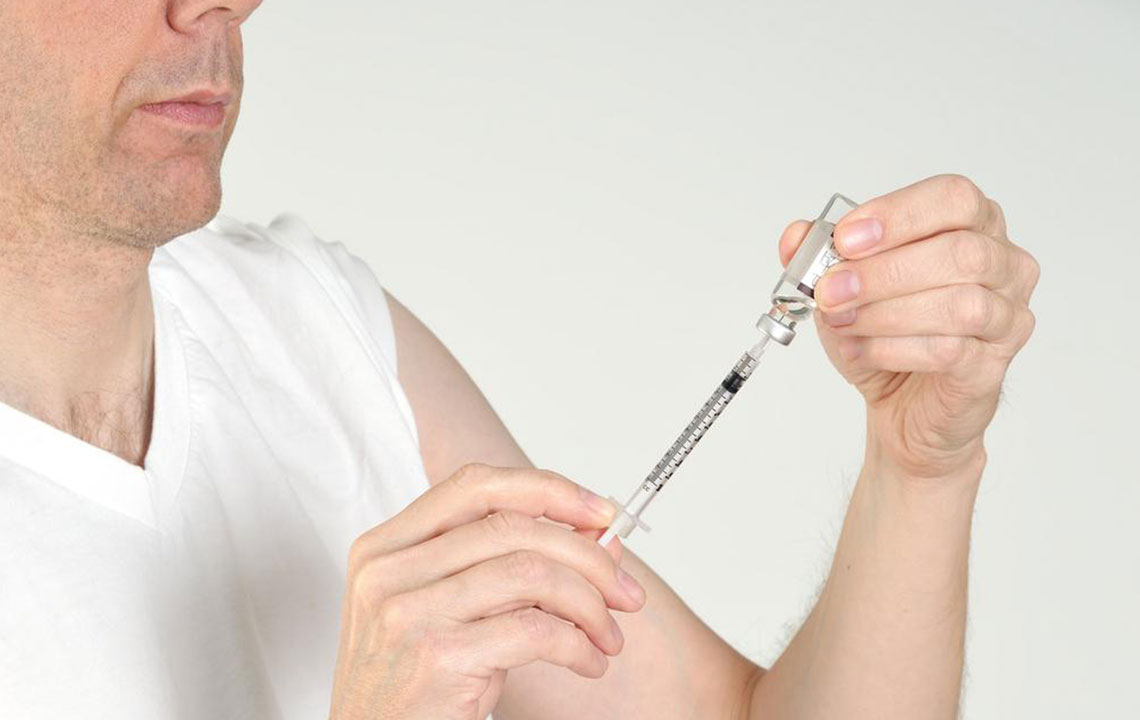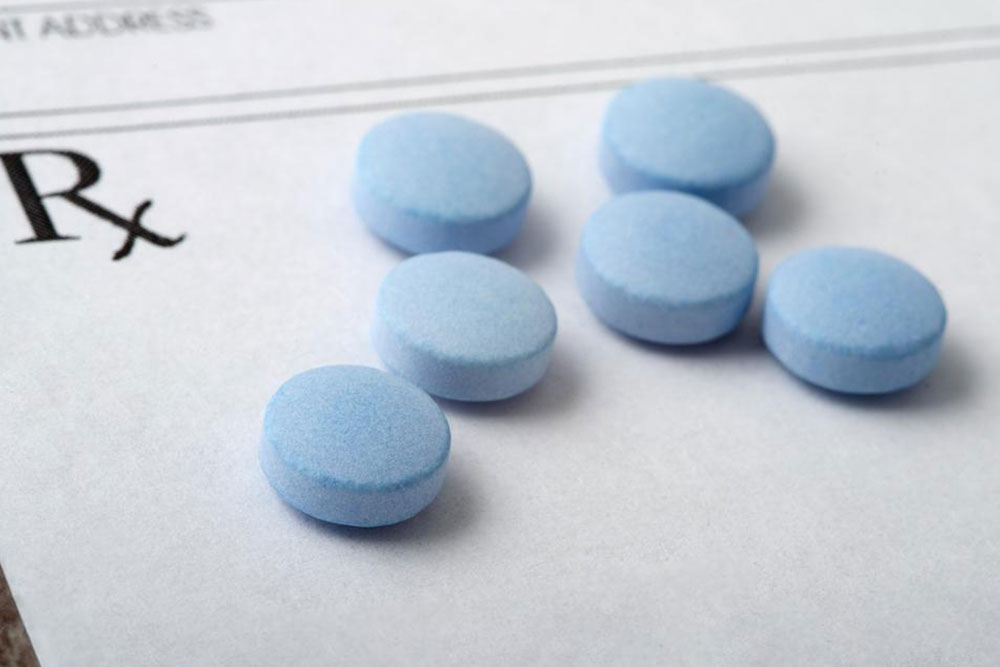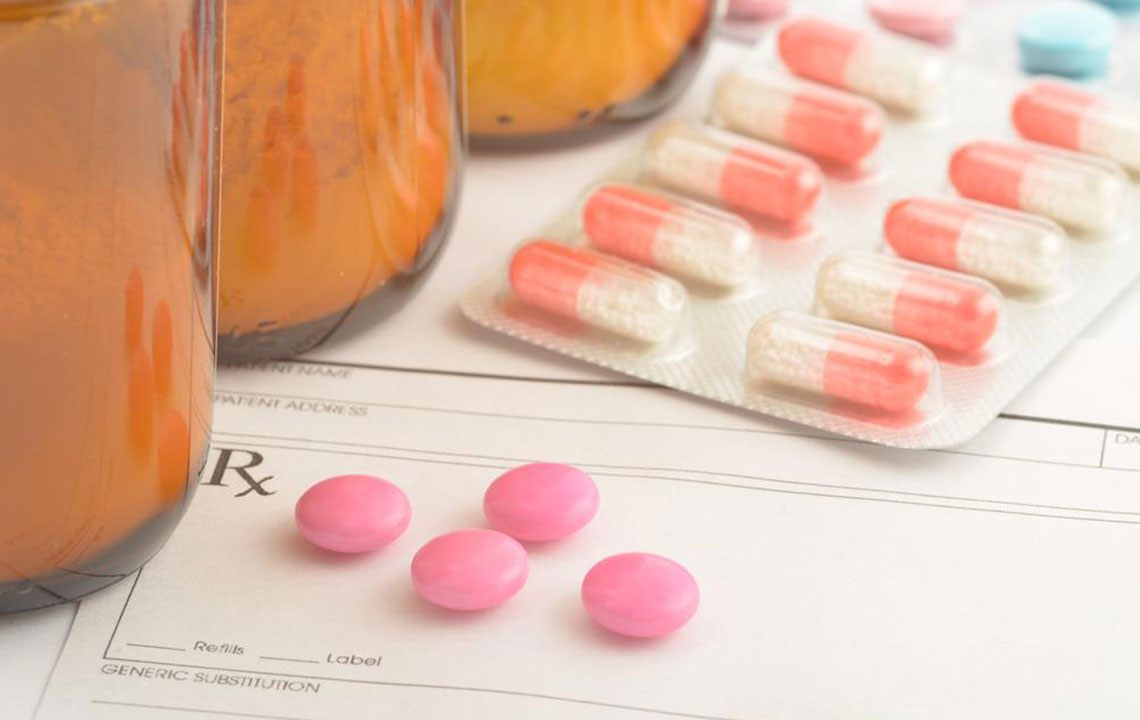Comprehensive Guide to Naloxone: Life-Saving Medication for Opioid Overdose Emergencies
This detailed article explores the crucial role of Naloxone in combating the opioid overdose crisis. It covers how opioids affect the body, signs of overdose, and the importance of Naloxone as an emergency treatment. Learn about different administration methods, side effects, accessibility issues, and strategies to prevent overdose tragedies. The piece emphasizes the importance of community-wide efforts to expand Naloxone access and promote addiction treatment to save lives and promote recovery in opioid-affected populations.

Comprehensive Guide to Naloxone: Life-Saving Medication for Opioid Overdose Emergencies
In recent years, the opioid crisis has become one of the most pressing public health challenges worldwide, especially in countries like the United States. Opioids, which include medications such as morphine, oxycodone, hydrocodone, and heroin, are potent substances that have a significant impact on the central nervous system. They are primarily used for managing severe pain, especially in hospital settings or palliative care, but their potential for misuse and addiction has led to devastating consequences. Understanding the role of Naloxone, a critical life-saving medication, is essential in combating the rising tide of opioid overdoses.
Opioids exert their effects by binding to specific receptors in the brain, called mu-opioid receptors. This interaction produces analgesia (pain relief), euphoria, sedation, and respiratory depression. While beneficial in controlled medical environments, these drugs can cause dangerous side effects when misused, especially at high doses. One of the most dangerous risks associated with opioids is respiratory depression, which can lead to death if not promptly treated.
Overdose symptoms can escalate rapidly and often include slowed or stopped breathing, unconsciousness, pinpoint pupils, bluish lips or fingertips, and limp muscles. Recognizing these signs early is crucial, as delayed intervention significantly reduces the chances of survival. The increasing accessibility of opioids, coupled with their high addiction potential, has contributed to a sharp rise in overdose incidents, highlighting the urgent need for effective emergency response tools like Naloxone.
"Naloxone is a powerful, yet simple-to-administer medication that can reverse an opioid overdose within minutes, saving lives when every second counts."
Naloxone, also known by brand names such as Narcan, is an opioid antagonist that can rapidly reverse the life-threatening effects of overdose. It works by binding to opioid receptors in the brain more strongly than opioids themselves, displacing the drugs and thereby restoring normal breathing. This medication is particularly vital for first responders, family members, friends, and anyone who might encounter a person at risk of overdose.
The administration of Naloxone is straightforward and can be done via two primary routes: intranasal spray and intramuscular injection. The nasal spray version is especially user-friendly, making it accessible to individuals without medical training. Many states and countries have recognized the importance of making Naloxone readily available to the public, leading to policies that allow for over-the-counter purchase or prescriptions without complex procedures. This widespread availability is a critical component of harm reduction strategies aimed at minimizing overdose fatalities.
However, while Naloxone is highly effective, it is not without potential side effects. Some individuals may experience allergic reactions, chest tightness, seizures, or rapid heart rate. Moreover, because Naloxone can precipitate withdrawal symptoms in opioid-dependent individuals, symptoms such as agitation, nausea, sweating, and vomiting may occur. These reactions are usually manageable and temporary but highlight the importance of proper training for those administering the medication.
Cost and access are ongoing issues in the fight against opioid overdoses. Although many community programs and health plans now provide free or low-cost Naloxone, disparities in access still exist, especially in underserved areas. Efforts to expand distribution channels, including pharmacies and community outreach, are vital for ensuring that Naloxone reaches those most in need.
The importance of equipping loved ones, caregivers, and community members with Naloxone cannot be overstated. Prevention remains the cornerstone of the battle against opioid overdose. This includes promoting awareness, early intervention, and access to addiction treatment services. Comprehensive approaches that combine medication-assisted treatment, counseling, and support systems are essential for addressing the root causes of opioid misuse and preventing future overdose incidents.
In conclusion, Naloxone stands as a critical tool in the fight against opioid overdose deaths. Its ability to quickly reverse the effects of an overdose has saved countless lives worldwide. However, ensuring widespread access, proper training, and ongoing addiction treatment are equally important in creating a comprehensive response to this ongoing crisis. Public education campaigns and policy reforms are necessary to promote understanding and acceptance of Naloxone as a standard life-saving measure in overdose emergencies.





